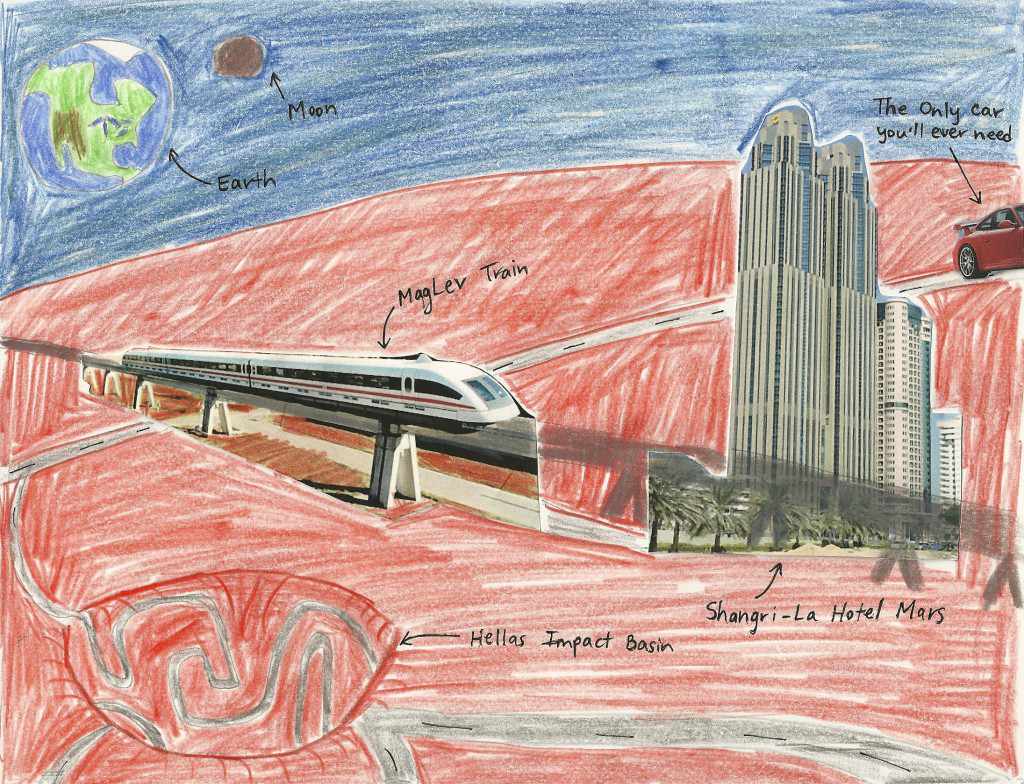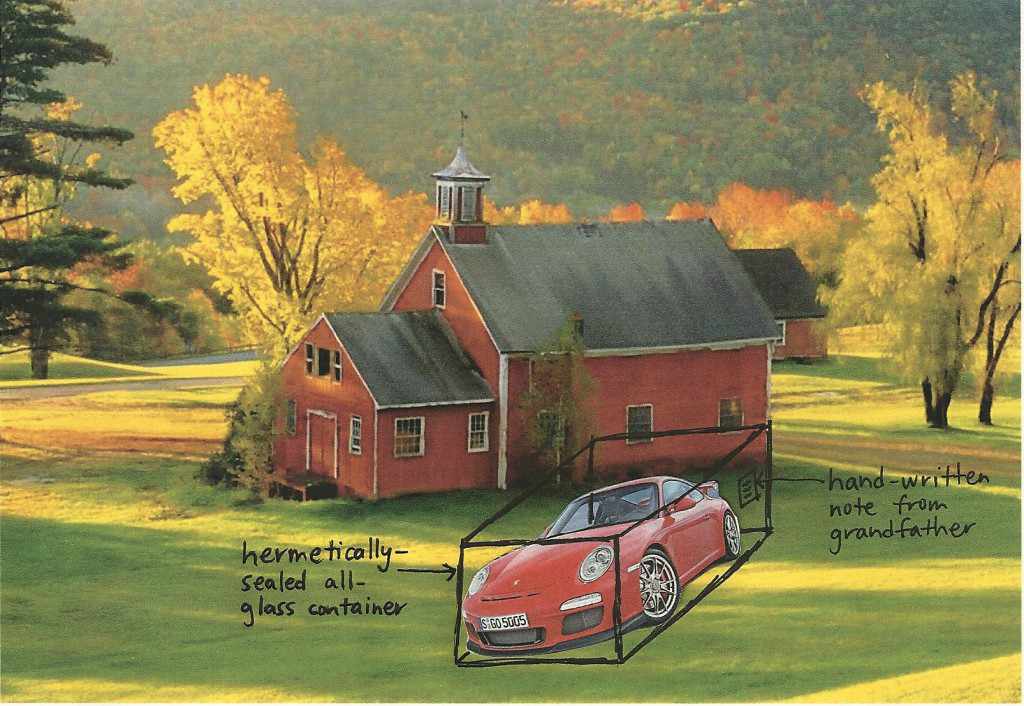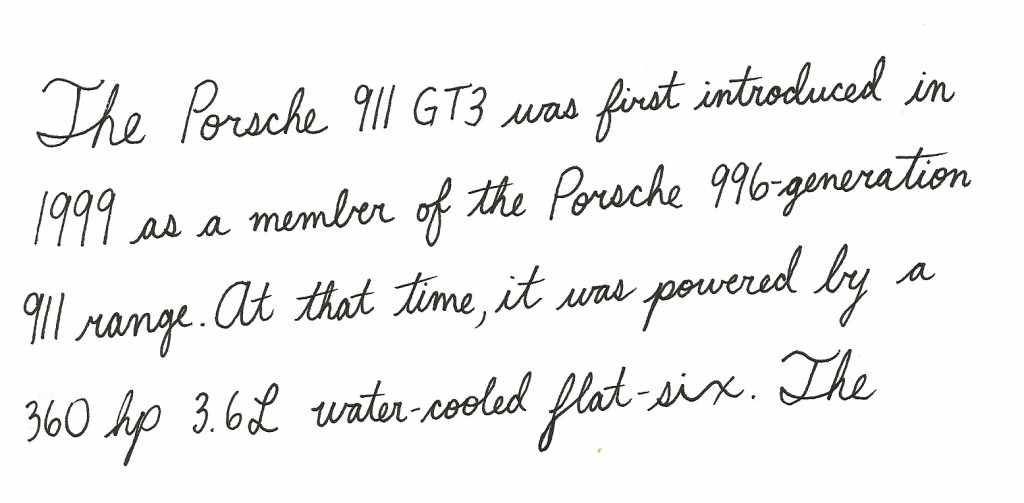
We all have dream garages full of Ferraris, Zondas, and Spada Cadatroncas, but what if you could only have one car in your life. What would you choose? Before you answer, I’m going to answer for you, because, quite simply, you were about to choose the wrong car. Let me tell you about the only car you will need for the rest of your life. On Mars.
Let’s say that the year is 2086 and you’ve just moved to the Mars Colony. You’ve been assigned a job as a geologist in search of mineral deposits that can be exploited and marketed back on Earth. Since you’ve left your family back on Terra Firma, you’re free to take any car you want with you, but, your residence at the Shangri-La hotel only has one garage stall. Thanks to your handsome relocation allowance and your necessity for nothing more than one seat, your mind reels with the possibilities. Since your commute to the exploration site and back will be by MagLev train, your car need only accommodate your after-work and weekend drives. Had you arrived on Mars 10 years earlier, bringing a car would have been entirely pointless because the United Earth Directorate hadn’t even built a single road yet on Earth’s closest neighboring planet. Luckily, today, the Red Planet is littered with underutilized, fresh, black pavement that stretches up and down the nearby Hellas Impact Basin and extends as far as the eye can see in every direction. With a personal playground like this and some much-needed distance away from your needy family, this relocation is going to be the best thing that’s ever happened to you!
So… one car…. hmmm. It needs to be a competent all-’rounder, not too powerful, not too compromised, just Goldilocks. It will be one that is satisfying to drive in that I-just-need-a-release sort of way, one that is so good that it can practically read your thoughts. Since most modern cars do that anyways, you’ll need something more classic and more interesting, something with some racing heritage. Wait a minute, didn’t your grandfather once have a 2010 Porsche 911 GT3? How he loved that car! Come to think of it, I’m pretty sure he left it in a hermetically-sealed all-glass container at his farm. You make the short trip out to the old farm to check, just to be sure. Sure enough, there it is, with just 4856 miles on the clock. You chuckle to yourself as you try in vain to remember the outdated conversion from miles to kilometres. Is it 2 to 1? 12.5 to 3? Who can remember, and who cares? With under 5000 arbitrary-units-of -distance, it is still mint as can be.

How it glows in that Guards Red and sits there in menacing contrast to the sleek creaseless shapes of the hydrogen cars on the road today. That classically-aggressive 911 stance, highlighted by a mammoth spoiler with a voracious appetite for downforce – emblazoned with “3.8″, so you never forget the displacement of the water-cooled flat-six. Hey, look! There’s a note from your Grandfather in that hand-written cursive writing that’s so tough to read. No one uses that ancient stuff any more than they use hieroglyphics, but you can still make it out. Slowly. The note reads:

“The Porsche 911 GT3 was first introduced in 1999 as a member of the Porsche 996-generation 911 range. At that time, it was powered by a 360 hp 3.6L water-cooled flat-six. The engine wasn’t related to the 3.6L from the “regular” 911, though. No, it was actually a naturally-aspirated version of the engine used in the 911 GT1 and Porsche 962 cars. A completely absurd idea until you remember that the GT3 was originally intended as a homologation model for the FIA (Fédération Internationale de l’Automobile) class of the same name. The second generation of GT3, based on the 997 platform, saw a bump in power to 415 while maintaining the displacement of 3.6L. Regardless of the generation, the GT3 was built with a focused purpose: to deliver the best driver’s 911 that Porsche can make.
My 997.5 is powered by a 435 hp 3.8L flat-six, making it the world’s most powerful naturally-aspirated six-cylinder engine. It wasn’t just more power that the 997.5 received though, it was five times more downforce, a reduction of Cd from 0.32 to 0.30, Delphi-developed magnetorheological motor mounts (the first ever in a production car), and centre-locking hubs on the wheels, to name a few of the tweaks.” Clearly, you’re grandfather was now just showing off.
Then, there, embedded in the paper itself, was a video with the caption “Some say that the Porsche 911 GT3 is even faster around the track than an Audi R8 driven by Sabine Schmitz, the Queen of the Nürburgring.”
You can scarcely believe your eyes. There, presenting a video of the Porsche 911 GT3 and the Audi R8 (relics and classics both), is none other than Jeremy Clarkson from the days when he was a TV presenter. You had almost forgotten that Jeremy Clarkson was anything other than the foolish dictator of Clarksonland. Apparently, he also didn’t know how to drive a Porsche. (N.B. Not long after finishing the seventeenth season of Top Gear, he moved into politics, uprooted the centuries-old British Monarchy, and renamed the UK “Clarksonland”, with former Ireland being renamed “James”, Scotland renamed “Richard”, England renamed “Jeremy”, and Wales renamed “Stig”.)
Your grandfather’s hand-written note continues:
“If you’re reading this, it means that I’ve passed on to a better place. Hopefully, a place where the only cars are 911 GT3’s. So that leaves you, my blood relative, to take care of my pride and joy. I hope that you will enjoy it as much as I did. There’s nothing else quite like it. The keys are in the ignition.
Love,
Grandpa”
With those last eight words, you peek inside the window to see the black key dangling, taunting, on the left side of the steering wheel. You crack the well-oiled door and cozy yourself into the racing bucket. You smell the must of decades-old leather, as you place your right hand on the Alcantara-lined wheel and your left hand on the ignition. Just as you rotate the key a quarter-turn clockwise, you realize that you’ve found your Martian companion on Earth. Three-thousand, seven-hundred and ninety-seven cubic centimetres crackle into life.
